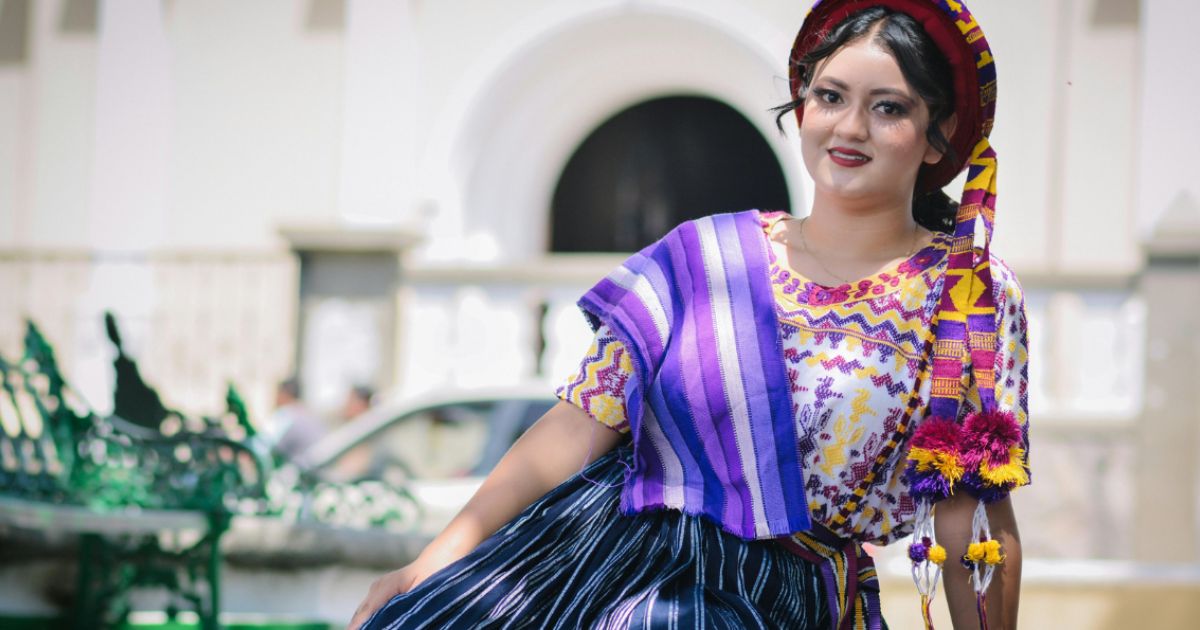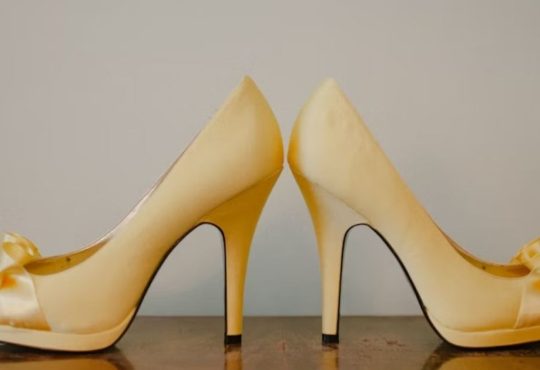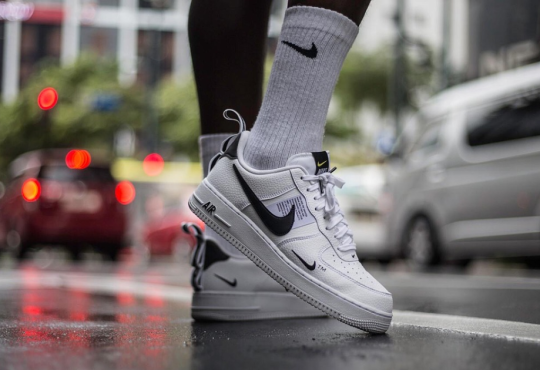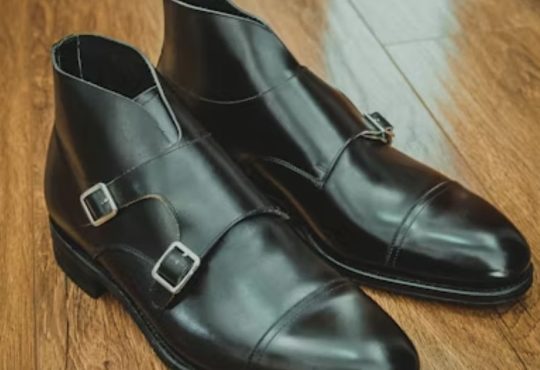In 2025, Indigenous fashion is at the forefront of a global movement that unites heritage and innovation. Designers are reclaiming cultural narratives, breathing new life into traditional weaving, beadwork, and embroidery while reimagining them through contemporary silhouettes. These creations are more than garments—they are acts of storytelling and cultural preservation that redefine the meaning of sustainable and ethical fashion in today’s industry.
From New York to Sydney, Indigenous voices are taking center stage at major fashion weeks, commanding attention not as niche contributors but as leaders shaping the future of design. Global brands are increasingly partnering with Indigenous communities, fostering collaborations built on respect, authenticity, and shared values. This growing recognition marks a shift in fashion’s priorities, where creativity and cultural integrity go hand in hand, setting a new standard for the industry worldwide.
Reclaiming Cultural Identity
In 2025, Indigenous fashion movements stand as powerful platforms for cultural storytelling and self-determination. Each element—from the weave of textiles to the precision of beadwork—functions as a living archive, preserving ancestral knowledge, spirituality, and resilience across generations. Garments transcend decoration, carrying symbolism that reflects land, community, and heritage, transforming fashion into a narrative vessel that embodies identity and continuity.
A defining feature of this movement is the deliberate resistance to cultural appropriation. Indigenous motifs, which have been borrowed for a long time without acknowledgment or compensation, are now being reclaimed as intellectual property and cultural heritage. Fashion weeks, exhibitions, and digital platforms amplify these voices, positioning heritage not as a passing trend but as a cornerstone of identity and authenticity. This reclamation is reshaping the broader fashion industry, prompting a shift toward inclusivity, representation, and respect. By centering Indigenous artistry, the industry not only expands its aesthetic language but also deepens its recognition of culture as a lived, enduring experience.
Sustainability at the Core
Indigenous fashion carries sustainability not as a trend but as an intrinsic value rooted in ancestral knowledge. Practices such as sourcing materials locally, weaving with natural fibers, and creating plant-based dyes demonstrate a profound respect for the environment and its natural cycles. Slow-fashion techniques—such as handcrafting garments, producing in small batches, and prioritizing durability—stand in contrast to the fast-fashion model, demonstrating that cultural preservation and ecological responsibility can be mutually beneficial. Each piece becomes a testament to mindful production, where beauty is intertwined with stewardship of the earth.
In 2025, these values will not only be inspiring but also influence the mainstream fashion industry. Collaborations between Indigenous artisans and global brands highlight how circular fashion can flourish when respect for heritage and sustainability intersect. Such partnerships create collections that honor craftsmanship while reducing waste and carbon footprints. Beyond the garments themselves, these collaborations spark conversations about ethical consumption, cultural respect, and the need for fashion systems that nurture both people and the planet. By foregrounding sustainability, Indigenous fashion is setting the standard for what a truly responsible industry can look like—one that honors history while securing a more balanced future.
Global Platforms for Indigenous Voices
In 2025, Indigenous fashion is no longer confined to regional showcases—it has found its place on global stages. Fashion weeks in Toronto, Mexico City, and Melbourne now spotlight Indigenous collections alongside luxury and international labels, ensuring that traditional craftsmanship is celebrated with the same reverence as high fashion. These runways don’t just display clothing; they tell stories of resilience, identity, and cultural continuity, inviting audiences to see fashion as a bridge between heritage and innovation.
Digital platforms have further transformed how Indigenous designers connect with the world. Social media and e-commerce enable artisans to bypass traditional gatekeepers, allowing them to reach consumers directly and retain ownership of their narratives. Movements like First Nations Fashion + Design (Australia) and Indigenous Fashion Arts (Canada) have grown into internationally recognized hubs of creativity and activism, amplifying Indigenous voices far beyond their local contexts. These platforms empower designers to challenge stereotypes, reclaim cultural identity, and assert their rightful place in shaping global fashion conversations, all while building sustainable businesses rooted in community and culture.
Leading Trends in Indigenous Fashion 2025
Textile Revival
One of the most potent movements in Indigenous fashion today is the revival of traditional textiles, where centuries-old techniques are being reimagined for modern wardrobes. Handwoven fabrics, intricate embroidery, and symbolic beadwork are no longer confined to ceremonial garments; they are being integrated into everyday pieces, such as jackets, sneakers, and handbags. Designers are experimenting with bold juxtapositions—pairing traditional patterns with minimalist tailoring or combining heritage beadwork with futuristic silhouettes—proving that these crafts can evolve without losing their cultural essence.
This revival is not just about aesthetics; it is a declaration of continuity and resilience. Each stitch, weave, or bead tells a story of heritage, often passed down through generations, and now carried forward on global runways. From Indigenous-inspired streetwear that resonates with younger audiences to haute couture gowns that grace international fashion weeks, the blending of traditional artistry with contemporary design ensures these practices remain alive and relevant. By placing ancestral techniques at the heart of modern fashion, designers are preserving cultural identity while inspiring a more profound respect for craftsmanship in an industry often dominated by fast fashion.
Bold Prints & Symbolism
Bold prints and meaningful symbolism are at the forefront of Indigenous fashion, transforming clothing into visual narratives. Geometric patterns, vibrant colors, and motifs inspired by the natural world—such as mountains, rivers, animals, and celestial bodies—serve as both decorative elements and storytelling devices. Each design often carries ancestral meaning, representing values like resilience, balance, and unity, or marking ties to specific communities and traditions. These motifs turn garments into living archives, preserving cultural memory while making powerful statements about identity and belonging.
What makes this movement especially compelling is its fusion of heritage and innovation. Designers are scaling traditional motifs onto oversized coats, reimagining sacred geometry in digital prints, and incorporating ancestral symbols into accessories like sneakers, scarves, and jewelry. By doing so, fashion becomes more than just style—it becomes a medium of cultural storytelling and a means of resistance against homogenization. These bold prints not only capture attention on runways and streets but also foster conversations about history, heritage, and the enduring presence of Indigenous cultures in contemporary life.
Gender-Inclusive Design
Gender inclusivity in Indigenous fashion is not a modern invention—it reflects traditions where clothing was often fluid, ceremonial attire was shared, and garments symbolized roles rather than rigid gender norms. In 2025, many Indigenous designers are reviving these philosophies, producing collections that transcend traditional binary categories. Tunics, wraps, and robes, historically worn by people of all genders, are being reinterpreted into contemporary silhouettes that encourage freedom of expression and personal identity. This return to cultural roots highlights that inclusivity has always been present in Indigenous worldviews, even before Western constructs of gender divided fashion.
On runways and in grassroots movements, these designs manifest as unisex outerwear, adaptable separates, and fluid tailoring that can be styled in multiple ways. The emphasis is on versatility—garments meant to be lived in, shared, and redefined by the wearer. Designers also incorporate symbolic details, such as beadwork or prints, to convey messages of acceptance and unity, thereby reinforcing fashion as a space of empowerment. In doing so, Indigenous fashion leaders are not only embracing inclusivity but also reshaping the broader industry’s conversation on gender, demonstrating that heritage and innovation can together expand the possibilities of self-expression.
Cultural-Tech Fusion
In 2025, Indigenous fashion is stepping boldly into the digital frontier by weaving heritage with technology. Augmented reality (AR) clothing experiences allow wearers to unlock hidden layers of meaning within garments, such as stories behind beadwork patterns or the ancestral significance of specific textiles. Blockchain is increasingly used to ensure provenance and authenticity, protecting Indigenous creators from cultural appropriation while affirming ownership of their intellectual property. NFTs tied to textile art also open new revenue streams, enabling designers to share both physical and digital versions of their work, ensuring that traditional designs are preserved and appreciated in innovative ways.
This cultural-tech synergy isn’t about abandoning tradition—it’s about amplifying it. By merging storytelling with immersive tools, Indigenous designers are reclaiming narratives and placing their communities at the forefront of innovation. For global fashion audiences, these integrations foster deeper connections to culture, providing interactive experiences that extend beyond aesthetics. The result is a powerful blend of ancient craftsmanship and futuristic technology, proving that Indigenous fashion can both honor the past and shape the digital future.
Fashioning the Future with Tradition
The Indigenous fashion movements of 2025 are redefining the global style landscape by weaving heritage and modernity into powerful statements of identity. These movements highlight that fashion is not only about appearance but also about honoring culture, preserving traditions, and telling stories through textiles, beadwork, and design. Each collection serves as both wearable art and a vessel of history, resilience, and meaning, bringing visibility to voices that have long been underrepresented in the mainstream fashion industry.
As Indigenous designers gain broader recognition, their influence extends beyond trends to reshape how fashion engages with sustainability, inclusivity, and cultural respect. They are leading conversations on intellectual property, challenging cultural appropriation, and setting examples for eco-conscious practices. 2025 marks a pivotal moment, with Indigenous creativity not only celebrated on global runways but also recognized as a guiding force in shaping the industry’s future.





